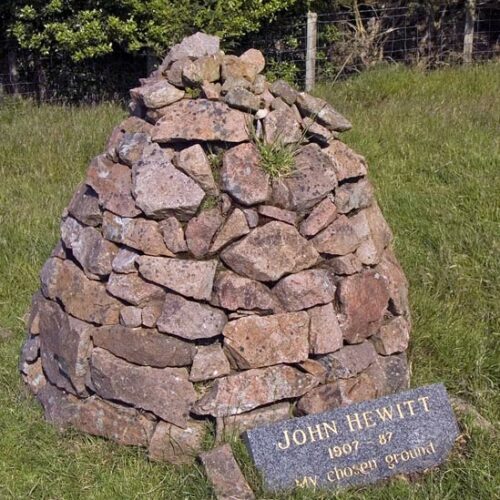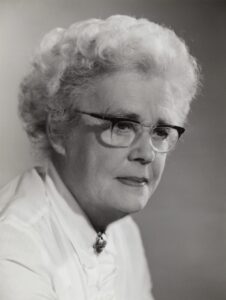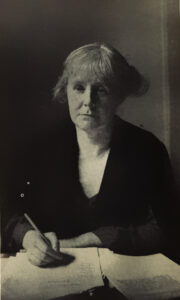

My chosen ground
Inscription on the John Hewitt Cairn
John Harold Hewitt (1907-1987) was the most significant Ulster poet to emerge before the Sixties generation of Seamus Heaney, Derek Mahon, and Michael Longley. He had an active political life and was an atheist. After his death, this stone cairn was erected near Cushendall, County Antrim in his memory.
The cairn sits on a hillside in Lubitavish townland, near the Glenaan River, an area Hewitt loved. It was erected in 1989. It is located near ‘Ossian’s Grave’, a megalithic court cairn. Although dating from the Stone Age, Ossian’s Grave is traditionally believed to be the burial place of Ossian, the Celtic warrior poet. In his 1962 poem ‘Ossian’s Grave‘, Hewitt contrasted the archaeology and oral tradition of the monument.
We stood and pondered on the stones
from ‘Ossian’s Grave’ (1962)
whose plan displays their pattern still;
the small blunt arc, and, sill by sill,
the pockets stripped of shards and bones.
The legend has it, Ossian lies
beneath this landmark on the hill,
asleep till Fionn and Oscar rise
to summon his old bardic skill
in hosting their last enterprise.
The site is located in Glenaan, one of the nine famous Glens of Antrim (Hewitt was known as poet of the Glens). The cairn is located off the Main Cushendall/Ballymoney Road, about two miles from Cushendall.
Main image: John Hewitt’s Cairn by Philip Hay. Licensed CC BY-NC-ND 2.0

It is in fact a strength, not a weakness, of a secular morality that it must stand upon its own […]

Glasnevin Cemetery is a nondenominational cemetery in Ireland, first opened in 1832. The brainchild of Catholic rights leader Daniel O’Connell, […]

Nina Spiller was a lifelong worker for women’s rights, who played an active role in the humanist movement for more […]

What is this ban on abortion? It is a sexual taboo, it is the terror that women should experiment and […]